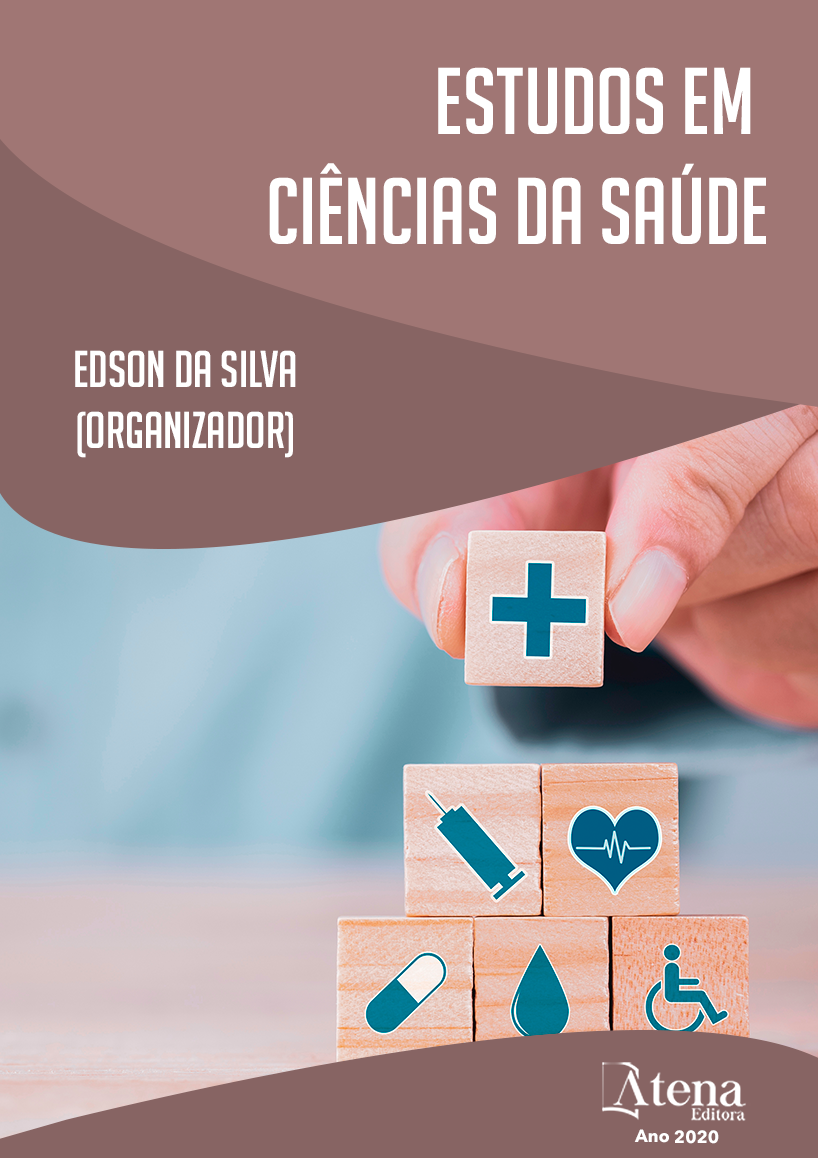
RELAÇÃO ENTRE HABILIDADES FUNCIONAIS E AMPLITUDE DO MOVIMENTO DE FLEXÃO DE JOELHO EM IDOSOS COM OSTEOARTRITE DE JOELHO: ESTUDO TRANSVERSAL
Introdução: Diversos fatores podem influenciar a função de pacientes com osteoartrite (OA) de joelhos, entre eles a amplitude de movimento de flexão. Objetivos: Analisar a relação entre capacidade e habilidades funcionais e a amplitude do movimento de flexão de joelho em idosos com OA de joelhos. Métodos: Realizou-se um estudo transversal com sessenta pacientes na faixa etária de 60 a 85 anos e diagnóstico de OA de joelhos. Todos foram submetidos a goniometria de flexão de joelhos, avaliação da capacidade funcional por meio do questionário WOMAC (Western Ontario and McMaster Universities Index) e das habilidades funcionais pelo Timed “Up and Go”. Resultados: Verificou-se que 68,3% dos indivíduos eram do gênero feminino, com média de idade de 68 anos. O coeficiente de Pearson revelou correlação negativa fraca das medidas da amplitude de flexão de joelho direito com os domínios WOMAC total (r= - 0,201), função (r= - 0,237), dor (r= -0,178) e com o TUG (r= - 0,177); assim como a amplitude do joelho esquerdo com WOMAC total (r= - 0,267), função (r= - 0,304), dor (r= - 0,339) e TUG (r= - 0,345). Na análise do WOMAC rigidez pelo coeficiente de Spearman, encontrou-se correlações negativas com os valores de ADM de flexão direita (rho= -0,257) e esquerda (rho= -0,400). Conclusões: Foram encontradas correlações negativas entre capacidade e habilidades funcionais e a amplitude de movimento de flexão de joelho em idosos com OA de joelhos, porém compartilharam pouca variância.
RELAÇÃO ENTRE HABILIDADES FUNCIONAIS E AMPLITUDE DO MOVIMENTO DE FLEXÃO DE JOELHO EM IDOSOS COM OSTEOARTRITE DE JOELHO: ESTUDO TRANSVERSAL
-
DOI: 10.22533/at.ed.2562006033
-
Palavras-chave: Osteoartrite. Joelho. Fisioterapia. Destreza motora. Amplitude de Movimento Articular.
-
Keywords: Osteoarthritis. Knee. Physical Therapy Specialty. Motor Skills. Range of Motion, Articular.
-
Abstract:
Introduction: Many factors can influence the function of patients with osteoarthritis (OA) on their knees, among them, the flexion range of motion. Objectives: To analyze the relation between functional abilities and range of motion knee flexion in elderly patients with knee osteoarthritis. Methods: It was conducted a cross-sectional study with sixty patients aged 60-85 years diagnosed with knee osteoarthritis. All patients were submitted to knee flexion goniometry and assessment of functional capacity through the WOMAC questionnaire (Western Ontario and McMaster Universities Index) and Timed test "Up and Go". Results: It was found that 68,3% of the patients were female with a mean age of 68 years. The coefficient of Pearson showed a weak negative correlation of measures of the amplitude of right knee flexion in WOMAC total (r= - 0,201), function (r= - 0,237) pain (r= -0,178) and TUG (r= - 0,177); as well as the magnitude of left knee flexion in WOMAC total (r= - 0,267), function (r= - 0,304), pain (r= - 0,339) and TUG (r= - 0,345). In the analysis of the stiffness WOMAC by Spearman coefficient was found negative correlations with ADM values of right flexion (r= -0.257) and ADM of left flexion (r= -0.400) Conclusions: We found weak negative correlations between functional capacity and functionalities and a knee flexion range of motion in the elderly with knee OA, but as variables, they showed little variance.
-
Número de páginas: 15
- Thamires Marques Ruivo
- Geovane Sawczuk
- Marcelo Taglietti
- Jefferson Rosa Cardoso
- Ligia Maria Facci


